

Housing developers – whether they specialize in market-rate properties or affordable housing – face tremendous hurdles in getting projects off the ground in California.
“There’s probably a hundred challenges,” says Cynthia Parker, the president and chief executive officer of BRIDGE Housing, a nonprofit housing developer based in San Francisco.
See More Stories in Capital & Main’s Affordable Housing Series
Material prices keep going up, with the costs of steel and glass not expected to come down any time soon. Labor expenses also keep rising. Even with the lowest interest rates in our lifetime, it still can be very difficult to make economic sense for starting a new construction project without some sort of guarantee that it will not be a bust. Developers say that perhaps the toughest impediment to new housing construction is local opposition, especially if the proposed construction site is in a safe neighborhood with good schools.
» Read more about: The Developer’s Story: Why Affordable Housing Doesn’t Get Built »


Hollywood insiders scanning the #Oscarsowhite lists of this year’s Academy Award nominees have not failed to notice that the five candidates for Best Cinematography are all male and all white—and to no one’s surprise. While the Academy of Motion Picture Arts and Sciences has announced changes in membership rules to make its voters more inclusive in years to come, not a single woman or person of color in the “lenser” category, as the trades call directors of photography, has ever been tapped to receive the coveted gold statuette to be handed out this year at the Academy’s 88th ceremonials on February 28 at the Dolby Theater.
Also Read: Race and the Oscar Race
“It’s a shame,” says Rebecca Rhine, national executive director of the International Cinematographers Guild Local 600, which is part of the International Alliance of Theatrical Stage Employees (IATSE). Noting that “access and opportunity” to employment determine who gets to win awards,
» Read more about: #belowthelinesowhite? Hollywood’s Rank & File Leaders Tackle Diversity »
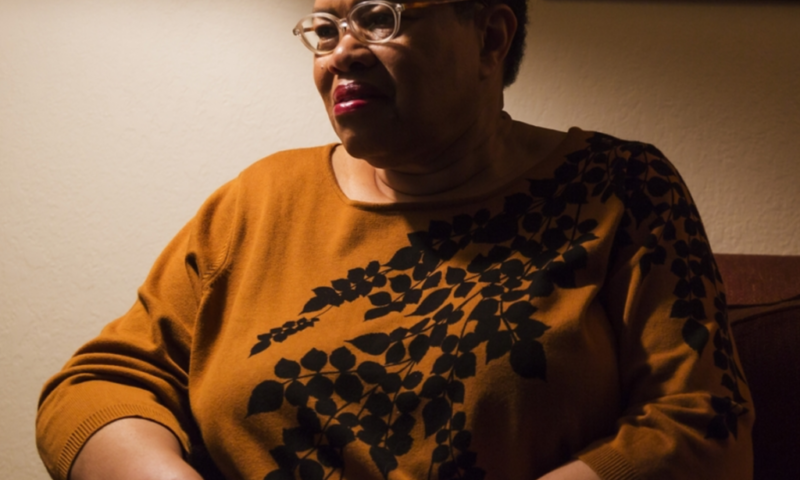

Grade-school art teacher Melissa Jones is attending the opening of an exhibit called Roofless: Art Against Displacement at the Arlene Francis Center in Santa Rosa. It is a cold, rainy night in early January. Jones is a single mother; she and her 12-year-old son live in a one-bedroom basement flat in the nearby rural community of Forestville, for which she pays $825 per month plus utilities. She is desperate to move into a bigger place, but for many the rents in Sonoma County have become unaffordable.
See More Stories in Capital & Main’s Affordable Housing Series
Among other problems, too few apartment buildings have been built in recent years. Developers say they have been hampered by huge impact fees that can run as high as $100,000 a unit, that cash-strapped localities in California, operating in a tax-raising environment straitjacketed by Proposition 13, have imposed on builders. The collapse of redevelopment funding has further reduced local governments’ ability to build enough subsidized housing.


It’s no secret that California residents pay more for housing than residents in most other states, especially in the metropolitan coastal areas and Silicon Valley cities. Los Angeles, San Diego, San Francisco, San Jose, Palo Alto and other highly attractive, jobs- and amenities-rich cities are widely documented as being the least-affordable housing markets in California.
See More Stories in Capital & Main’s Affordable Housing Series
Obtaining decent affordable rental housing and earning enough income to sustain a family are increasingly more difficult goals to achieve. The American Dream of homeownership, and of building and maintaining stable communities, is fading in the face of this new socio-economic reality.
Red flags abound: The state’s poorest families pay up to two-thirds of their income on housing, firmly placing them in the severely “rent burdened” category of households. (Families that spend more than 30 percent of their income on rent are considered rent-burdened by the U.S.
» Read more about: Trouble on the Dream Coast: Housing Policy Challenges »


One block north of fabled Hollywood Boulevard, and a stone’s throw from the iconic Capitol Records Building, sit three rent-stabilized, two-story apartment buildings, known to residents as the Yucca-Argyle complex. One building is peach-colored, one green and the third yellow. Each is organized around a small courtyard and in back is a parking lot for tenants’ cars. Together they are home to roughly 50 families, the residents ranging in age from young children to old-timers who have lived in the complex for more than half a century.
See More Stories in Capital & Main’s Affordable Housing Series
By most measures the complex’s residents have it good. Living in one of L.A.’s more walkable and vibrant neighborhoods — where cafes, bookstores, night clubs, restaurants and clothing boutiques vie for consumers’ attention — they pay varying amounts above $1,000 for a one-bedroom apartment, beneficiaries of Los Angeles’s 1978 Rent Stabilization Ordinance (RSO).
» Read more about: Renting in Los Angeles — Dislocation, Dislocation, Dislocation »


Photojournalist Ted Soqui shot these images for today’s story by Sasha Abramsky, Renting in Los Angeles — Dislocation, Dislocation, Dislocation.
See More Stories in Capital & Main’s Affordable Housing Series
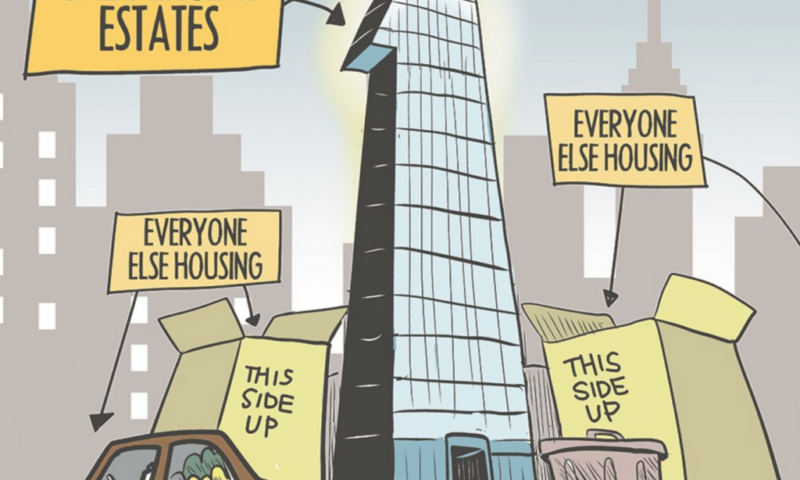
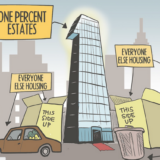
California’s housing crisis is a complex one, as befits a state with a population of close to 40 million people, spread out over 163,696 square miles, and with some of the country’s largest cities and fastest growing population hubs, as well as some of its most rugged rural areas.
See More Stories in Capital & Main’s Affordable Housing Series
Los Angeles’ Skid Row sprawls just a few blocks from the skyscrapers of downtown and showcases one of the developed world’s largest concentrations of long-term homeless people. They live in tents and jerry-rigged shanties along the sidewalks and in vacant lots, surround social service agency buildings and provide a vista of misery stunning in its intensity. Only a few miles away, middle- and working-class tenants are being driven from their rent-controlled homes into the exurbs or onto friends’ and relatives’ couches. The causes of this diaspora are developers seeking to capitalize on Hollywood’s soaring real estate values and the city’s “densification” development strategy that prioritizes large-scale,
» Read more about: Affordable Housing: Introduction to a Crisis »


What can happen when voters use electoral politics to raise the minimum wage? For one thing, some mainstream media can go on the attack by editorializing in coverage that poses as “news.”
Take, for example, ABC Channel 10’s recent television coverage of business’ fight to strangle Sacramento’s $15-an-hour minimum-wage measure in the petition process. Region Restaurants, a trade group of caterers and eateries, is rallying public opinion against the capital city’s minimum-wage measure that could, with 21,503 registered voter signatures, qualify for the November 2016 ballot. The current California minimum wage is $10 an hour.
Anchorman to Minimum Wage Petitioners: “Be careful of the unintended consequences.”
In a February 10 broadcast of the station’s “Real Money” news segment, co-anchor Dale Schornack announced the $15 measure would begin in 2017. His statement was off by three years – close enough for a game of horseshoes,
» Read more about: Sacramento Waiters Make $50 an Hour, TV Station Claims »


Even as Saturday’s death of Supreme Court Justice Antonin Scalia was setting the stage for what promises to be an incendiary battle of wills between Republican leaders in Congress and President Obama over naming a replacement for a man considered a cornerstone of the court’s conservative majority, California teachers and public-sector unions across the country were breathing a sigh of relief.
That’s because the 79-year-old Scalia, who died in his sleep on Saturday at a remote resort in West Texas, appeared to hint during last month’s oral arguments that he would vote along ideological lines with his fellow conservative justices in affirming the plaintiffs’ side in Friedrichs v. California Teachers Association, in what most court observers were anticipating to be a 5-4 vote. That case, whose decision was expected by the end of June, seemed all but guaranteed to overturn the High Court’s 1977 Abood v.
» Read more about: Supreme Court Justice Antonin Scalia Dies and Labor Gets a Stay »
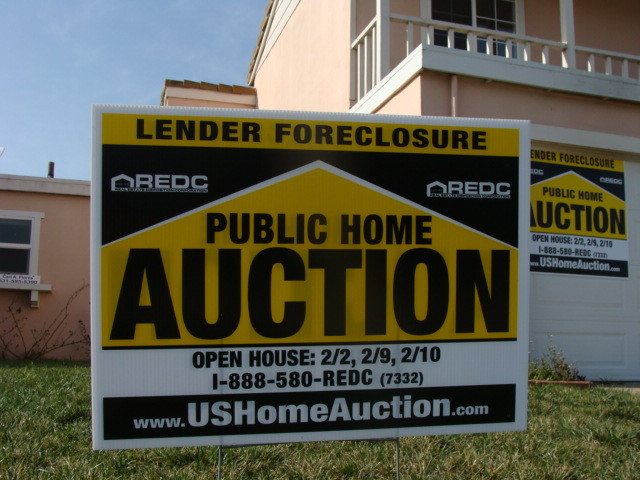

It’s not news that it is tougher to buy a home in the U.S. than it was 40 years ago. But what may come as a surprise to the roughly 7. 7 million Californians financially secure enough to own their homes is how the state’s inadequate and loophole-riddled bankruptcy protections too often make it impossible to hold onto that piece of the American Dream, just when it’s needed most. The problem lies with the law’s “homestead exemption,” a provision intended to shield a core amount of a bankrupt debtor’s home equity, when a court forces the sale of the house, in order to allow that debtor to land on their feet with a roof over their head and start afresh.
When Congress enacted the 1978 federal bankruptcy code, which is the basis for California’s and the other 49 states’ widely varying laws, the state’s homestead exemption was set at $40,000. Back in 1975,
» Read more about: Bankruptcy: Fixing California’s Homestead Exemption Law »
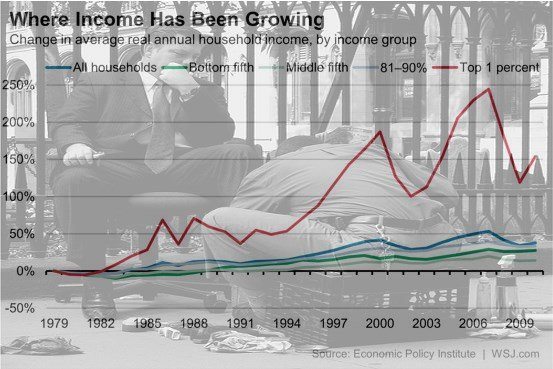
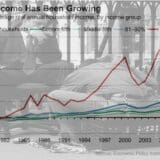
Americans don’t like inequality. We like to think of ourselves as a middle-class country where the top is not out of reach and the bottom doesn’t pose such a grim, cautionary specter that people fear for their livelihoods. We like to think that’s what makes us different from other societies. Or at least that’s the way it used to be.
CNN journalist John Blake, who grew up in Baltimore, remembers it this way: “Black men had good blue-collar jobs…Kids played baseball and basketball and every known sport at public fields and courts. We had summer jobs and internships.” Today, he says, “the factories and playing fields are locked behind gates or overgrown with weeds.”
Somehow the value of a stable, vital middle class has slipped from America’s vision for itself.
That shift characterizes America far beyond Baltimore. It describes the inequality that has replaced the solid middle class.


As many as five million undocumented immigrants are waiting in limbo as the Supreme Court reviews challenges to President Obama’s 2014 executive actions, Deferred Action for Childhood Arrivals (DACA) and Deferred Action for Parental Accountability (DAPA). But there’s one group that’s more than happy with the status quo.
A new look under the hood of the nation’s immigration detention system reveals a staggering trend: Immigrant detention has become increasingly reliant on facilities and services provided by private companies, which are driven by profit to keep or even expand existing services.
Companies like Corrections Corporation of America (CCA) and GEO Group — the nation’s two largest private prison companies — are benefiting from our bloated immigration detention system, which has grown by 75 percent over the last decade. Together, CCA and GEO Group operate eight of the 10 largest detention centers.
This year,
» Read more about: Immigrant Detention: Privatizing Misery »


For southwest Flint resident Qiana Dawson, it started when she was combing her 2-year-old daughter Rylan’s hair. Dawson was gently spraying water on the child’s head to ease the task, when Rylan started crying, as if she were in pain. She took her to a dermatologist.
And that was when her family discovered the problem with Flint’s water. “I don’t think you anticipate things like this,” Dawson said nearly two years later. “You take water for granted.” Even in hardscrabble Flint, drifting in and out of receivership since the last century, with a population that’s shrunk nearly 21 percent in 15 years and has one of the nation’s top crime rates — clean, healthy tap water seemed like a citizen’s basic right. Now Flint’s water is only safe for washing floors and flushing toilets. Dawson and her family of four have had to use bottled water for everything else—brushing teeth, cooking, washing vegetables,
» Read more about: Flint’s Water Disaster: A Lead-Pipe Cinch »


Reversing climate change and addressing income inequality are the twin challenges of our time. Solving them both means a safer, more stable future for generations to come.
If we don’t stop and reverse climate change, our environment and our economy could collapse. If we don’t address the growing gap between rich and poor, our political structures and our economy will continue to fray, robbing us of both the funds and the political will to address climate change.
These challenges are irreversibly linked — and we can’t solve one without solving them both.
That’s why progressives, labor leaders and everyone who cares about addressing these twin threats should oppose the California Public Utilities Commission’s recently proposed decision to require poor utility customers to subsidize richer customers and the new Wall Street-funded quasi-utilities serving these wealthy customers.
The CPUC’s decision is on a technical issue called Net Energy Metering: the system that provides subsidies for the installation of residential solar systems by forcing utilities to buy surplus energy generated on rooftops at an artificially high price.
» Read more about: Solar Decision Will Burn Low-Income Californians »
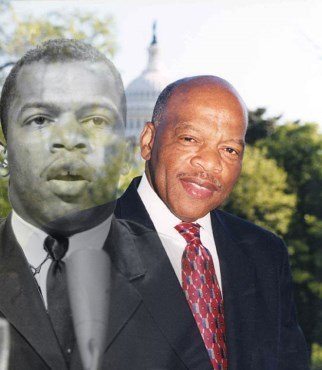

It was a long way from the elegant ballroom of downtown Los Angeles’ Bonaventure Hotel back to his Aunt Senovia’s tin-roofed shotgun shack in rural Alabama. But somehow Georgia Congressman John Lewis, the iconic civil rights leader whose life began in the segregated Jim Crow South, was able to pull it all together for one thousand-plus people at the Martin Luther King Jr. Labor Breakfast, hosted by the L.A. County Federation of Labor.
Speaking before a giant photo of the Edmund Pettus Bridge, where he was beaten unconscious in the aborted 1965 Selma to Montgomery civil rights march, Lewis displayed the speaking and preaching skills he said he developed at age 14 from practicing in front of the chickens who were his responsibility on the family farm. “It seemed like more of those chickens listened to me then, than members of Congress do today,” he quipped.
Lewis’ father was a sharecropper and a cotton picker until 1944,
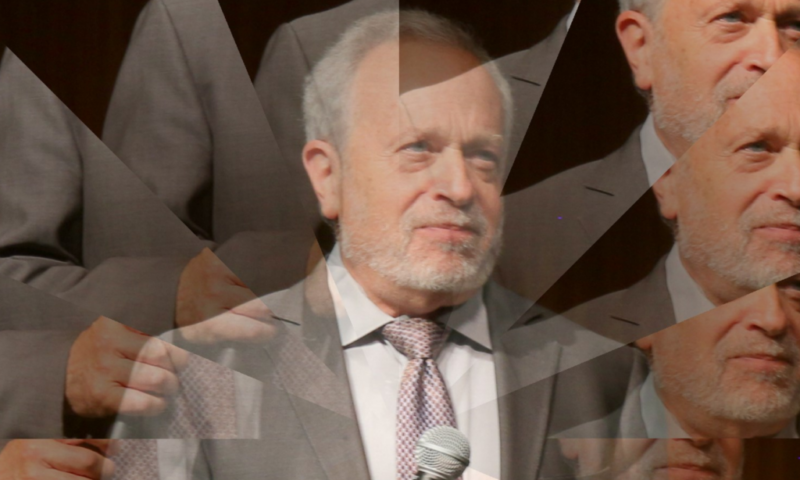

Robert Reich stepped down from his post as Labor Secretary in 1996 to spend more time with his teenage sons, Adam, now a sociology professor at Columbia University, and Sam, a writer and director who heads the video department at the popular comedy site CollegeHumor.com. (Reich and Clare Dalton divorced in 2012; he has since remarried.) Resuming the academic career he had embarked on in 1980 as a professor at Harvard’s John F. Kennedy School of Government, he took a position at Brandeis University and published a well-received serio-comic memoir about his years in the Clinton administration, Locked in the Cabinet.
Other than an unsuccessful run for governor of Massachusetts in 2002, he has spent most of the past two decades as a de facto Economic Educator in Chief for millions of Americans. Reich, who co-founded the American Prospect magazine,
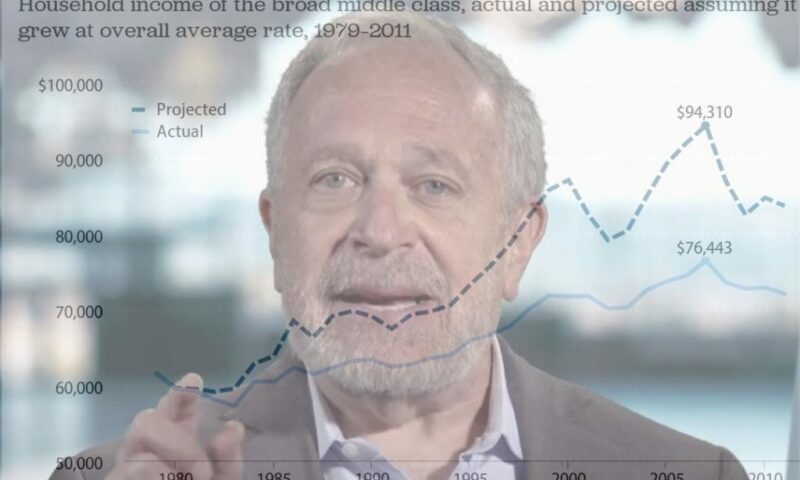

It’s two weeks before Thanksgiving, and a crowd of 500 people has filled the Silicon Valley Commonwealth Club to hear former U.S. Labor Secretary Robert Reich discuss a decidedly less than festive topic: How the economy is leaving most Americans behind. The subject, which inspired Reich’s latest book, Saving Capitalism, hits particularly close to home here, where uber-rich tech titans coexist with legions of low-wage workers, even as the middle class is increasingly squeezed out of nearby communities like Redwood City and Milpitas by ever-rising housing prices.
But Reich has no intention of bludgeoning his audience with bleak statistics and grim predictions. “As you can see, the economy has worn me down,” says the 4-foot-11-inch Reich, pausing as laughter spreads across the room. “Really, before the Great Recession I was, you know, 6 foot 2.”
Moments earlier,


Last Monday was an important day for America’s shrinking middle class. The Supreme Court heard oral arguments in Friedrichs v. California Teachers Association, a case that could impose radical new limits on the rights of public-sector workers—like teachers, nurses and firefighters—to join together to win better lives for their families and communities.
What’s at stake is a basic democratic principle: All public workers that benefit from collective bargaining should be required to pay their fair share for those efforts.
So it’s no surprise that the Friedrichs lawsuit was filed by the Center for Individual Rights, a law firm with ties to anti-worker special interests—like the Koch brothers and ALEC.
These are the same interests that have spent decades campaigning to weaken the ability of working people to join together against corporate power and the interests of the One Percent.


As we celebrate his birthday, it is easy to forget that Rev. Martin Luther King Jr. was a democratic socialist.
In 1964, accepting the Nobel Peace Prize in Oslo, he observed that the United States could learn much from Scandinavian “democratic socialism.” He often talked about the need to confront “class issues,” which he described as “the gulf between the haves and the have-nots.”
In 1966 King confided to his staff:
“You can’t talk about solving the economic problem of the Negro without talking about billions of dollars. You can’t talk about ending the slums without first saying profit must be taken out of slums. You’re really tampering and getting on dangerous ground because you are messing with folk then. You are messing with captains of industry. Now this means that we are treading in difficult water, because it really means that we are saying that something is wrong with capitalism.
» Read more about: Martin Luther King Jr. on the Haves and Have-nots »
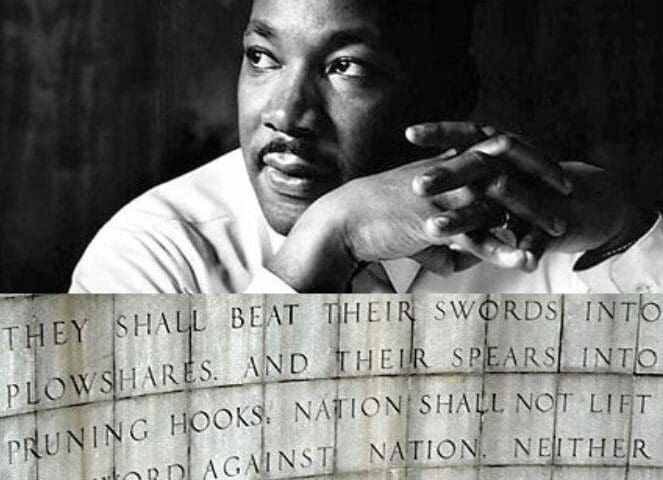

As this country hurtles into a New Year, I am grateful for the stop sign at Martin Luther King Jr.’s national holiday. It offers time for me to consider again the meaning of my life as well as to our national purpose. This year I am remembering that King’s life focused not only on civil rights, but also jobs. His vision of justice went beyond voting and equality to decent work for livable pay. That’s why he went to Memphis – to support striking garbage workers.
I am old enough to remember the early days of the peace conversion movement in the 1970s. Following the end of the war in Vietnam many people thought that the savings no longer needed for the military in that misadventure could be turned into social investments such as hospitals, schools and such, bringing good jobs with them. Again, at the end of the Cold War,
» Read more about: Peace and Jobs: A Conversion Conversation »